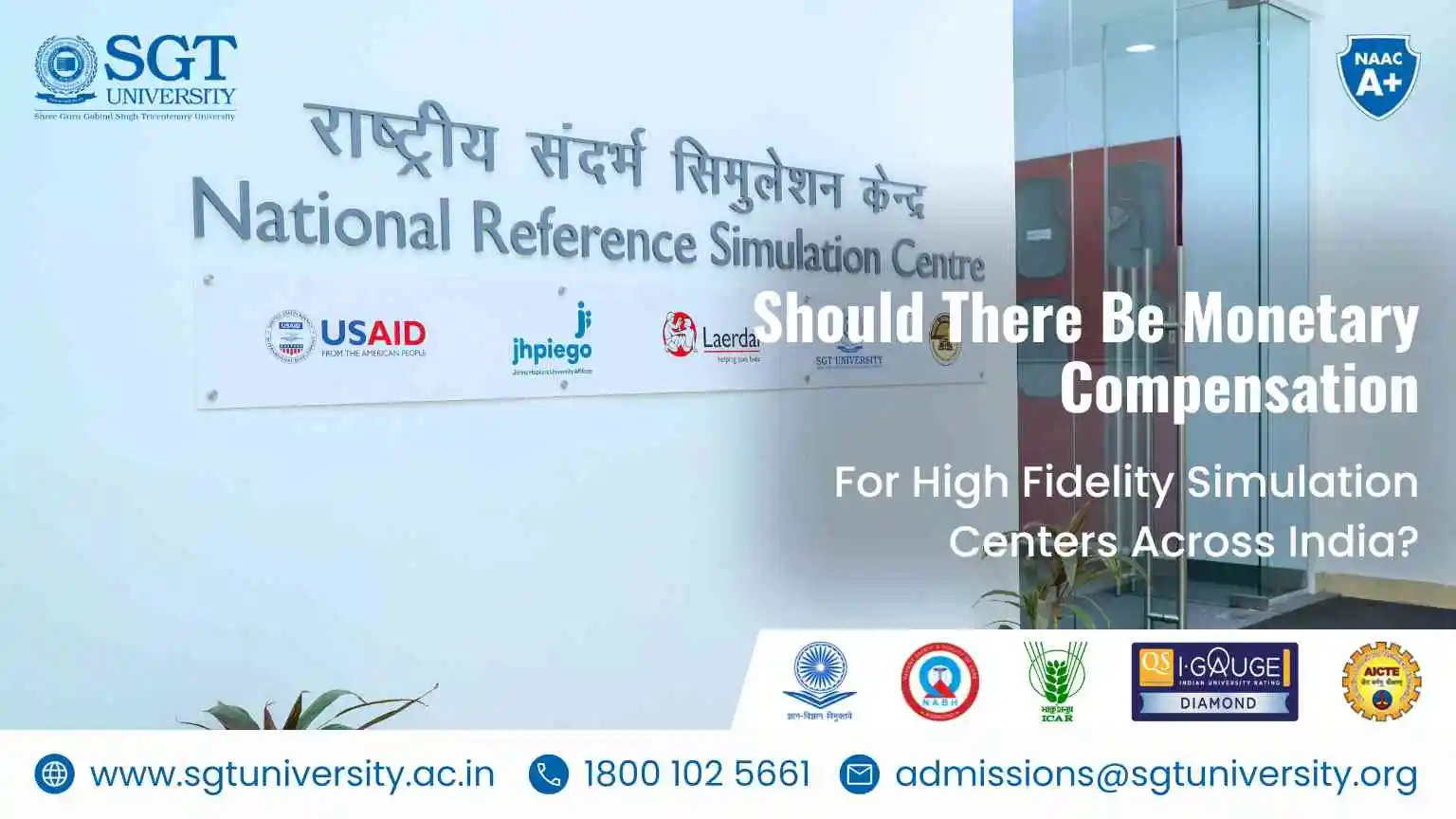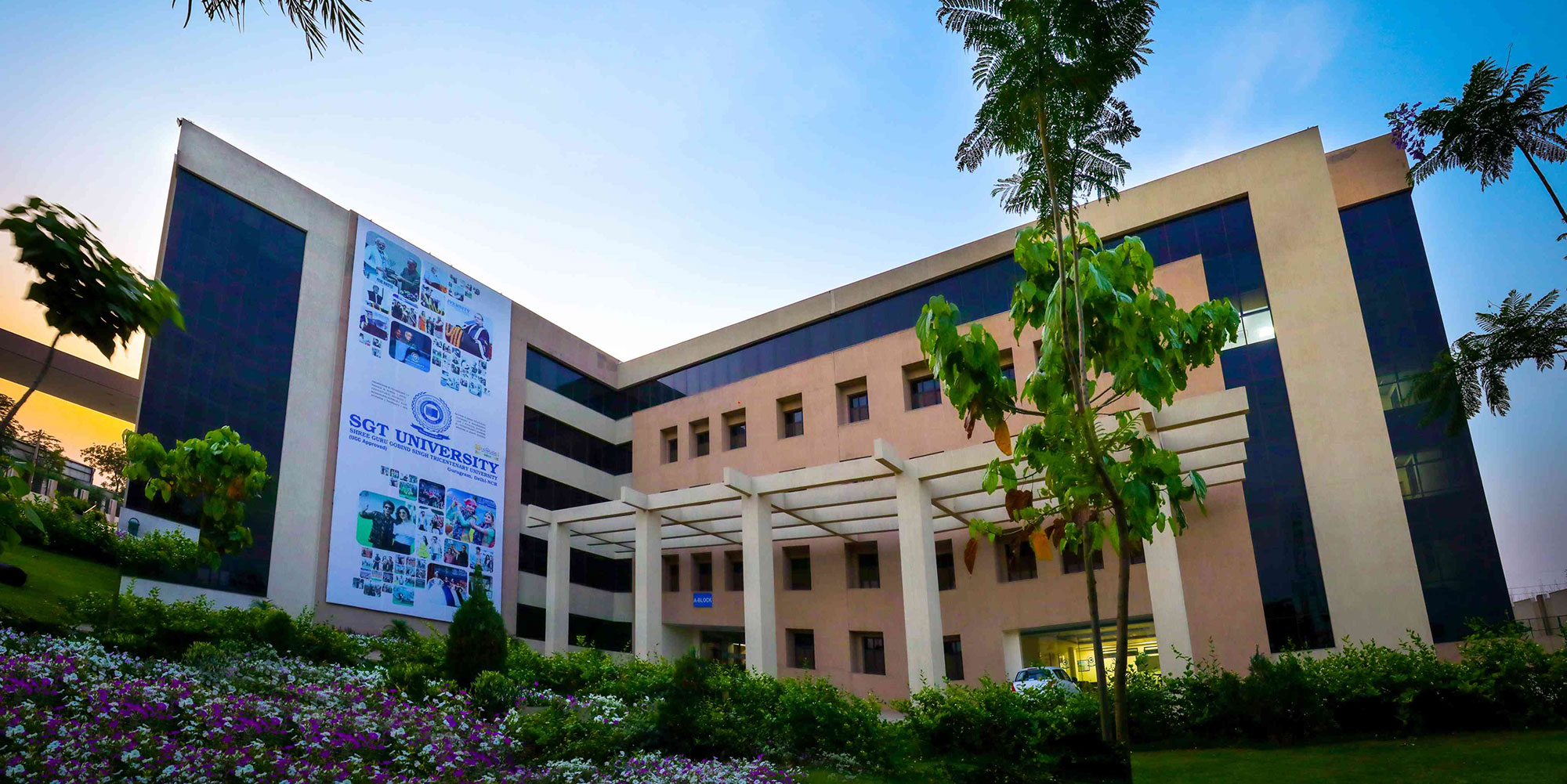Should There Be Monetary Compensation For High Fedility Simulation Centers Across India?
Updated on: April 23, 2023

"Monetary Compensation For High-Fidelity Simulation Centers in India. Check more about the Monetary Compensation for high fidelity.
India is having an outburst of new simulation centres across the country and the triggering factor is the Indian Nursing Council and Medical Council of India taking steps towards integrating simulation-based education in the curriculum. Recently held a national level simulation conference, it was evident that old simulation labs were high on ROI achievements and newer simulation labs looking up to these achievements. As the last decade’s track record of simulation centers functionality or usability across India was very gloomy. Several simulation labs across the country have become museums of displayed simulators. Organizations are waking up to the fact that a good simulation centre requires huge investments. Both capital and operational expenditure can take a toll on the organizations. However, very few realize the need for various skilled manpower and constant up-gradation of simulators to keep up with the advancement in the simulation industry.
“If you think good Training is expensive, you should look at the cost of bad training”
When we talk about ROI some very famous models can always be brought to equations like The Kirkpatrick-Phillips Model and Frost-Sullivan Model. Eventually, they all talk about the tangible and intangible returns, qualitative and quantitative returns.
The real problem…
Looking at the WHO data on patient safety it is very devastating that at this stage of technology and human evolution we are still struggling with the health and safety of medical care. Looking at the magnitude of this problem like 4 out of 10 patients are harmed in primary and ambulatory care settings and 134 million adverse events in LMICs hospitals. The cost of it can be more than a trillion dollars. According to a Harvard study from 2013 India alone accounted for 5.2 million injuries that year. And experts say 50% of it can be prevented by simple measures.
Understanding the Indian private sector…
The biggest chunk of the ROI happens through minimizing the patient adverse events and improving the quality of care. So, we are going to eventually look at the ideal model for ROI for simulation centres. Can we include the monetary benefits of everting patient safety issues and improved quality of care in organizations? The answer is both yes and no. Yes, because if the simulation centre is part of the hospital then it makes sense that the hospital is going to reap the benefits. But if the simulation is part of the academic institutions that would never be able to completely reap its benefit. The overall benefit of simulation-based education is going to be on citizens of the country this may not directly help the institutions financially.
We have an indirect benefit of simulation on the entire Indian health sector through these simulation centres. So, how can we compensate and make these simulation centres more sustainable in the long run? Should GOI provide monetary support to these simulation centres across India? 1.4% of the Indian GDP was public health expenditure in the year 2018. This value is exorbitantly low compared with other LMICs. The government has been very proactive in trying to find several ways to increase the expenditure that can improve the overall health index of the country. So, is there a possibility of tapping these funds to ease the financial burden of the teaching institutes on simulation centres?
Is this a possible solution…?
Yes, this can be a possible solution it is not a new strategy, it should be made mandatory for the simulation centres as part of every health care industry across the country and they should have their revenue-generating models for self-sustenance. If they are still insufficient to meet the required financial obligation, then the gap should be filled in by the government. Can the Indian government fund the simulation centre enough so that they sustain and overcome the operational expenditure while recovering the capital expenditure over stipulated time?
It will reward greater benefits in the long run and will significantly bring down the health expenditure and improve the quality of care through it. A furthermore detailed needs and impact analysis can give us a clearer picture.
Dr. Sanket Patil

